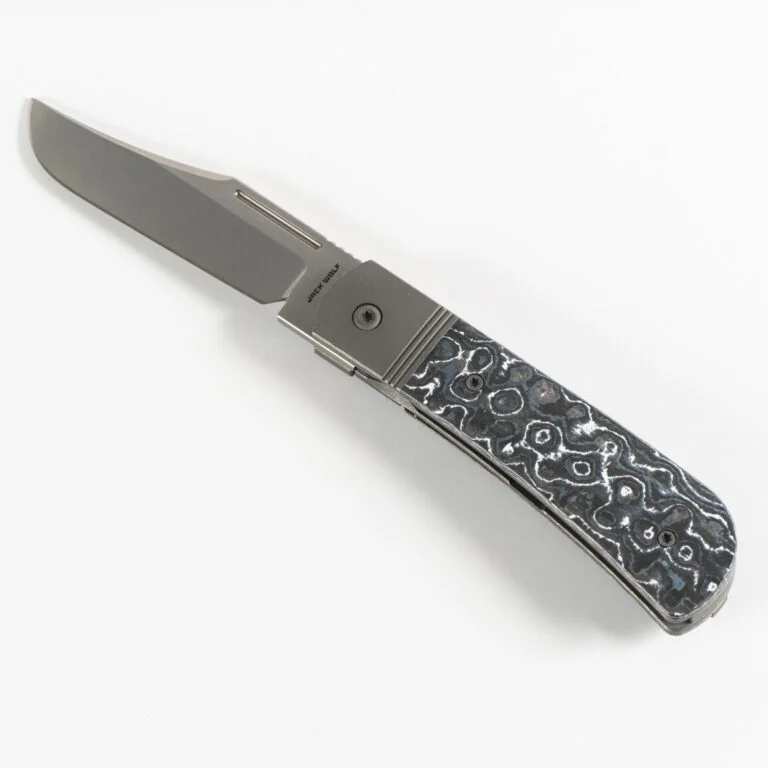iKnife Collector
The online community of knife collectors, A Knife Family Forged in Steel
Batoning with a folding knife
I've done my fair share of batoning with fixed blade knives. My question is have any of you batoned with a folder? If so what kind of folder and how large and thick was the blade? And what were you batoning? For instance would you attempt to baton through an 2 inch (51 cm) Sapling with a Standard Canoe that has a 2.5 inch (6.35 cm) 440A Stainless blade? How about a 1095 CV blade?
What do you think that would do to the pivot point and/or back spring?
Tags:
Replies to This Discussion
-
Permalink Reply by Howard P Reynolds on May 29, 2014 at 13:59
-
I agree, Tobias. A flat grind on a knife for batoning is essentially hatchet or axe shaped, thin at the edge and wide at the spine. As you say, a hollow ground blade isn't my first choice either, but if it is sturdy steel with a good heat-treat, it should hold up. I think hollow ground adds finesse to woodcraft/flesh work, and good steel/heat-treat makes it so you aren't sacrificing too much shock strength.
-
-
Permalink Reply by Howard P Reynolds on May 29, 2014 at 14:05
-
Scandi grind is good, too, Robert. I think of it as "splitting axe" shaped - thin edge to real fat right away.
Robert Burris said:Dang, I would think a hollow ground blade would be to thin. I thought that batoning and other wood work was suited for the Sandi Grind. I thought that was why it was ground that way.
-
-
In MemoriamPermalink Reply by Robert Burris on May 29, 2014 at 14:08 -
I own one Scandi grind but have never used it for wood craft. I cleaned a few Turtles and fish with it, instead. It's a tough knife, looking for tough jobs.
-
-
In MemoriamPermalink Reply by Robert Burris on May 29, 2014 at 18:11 -
It's nice to discuss this with ya'll and have different view points and no one looses their cool.
Was a Scandi grind designed that way for wood working or did it just turn out that way? I have only one but I like it a lot and find it a very use full knife.
-
-
Permalink Reply by Howard P Reynolds on May 30, 2014 at 18:16
-
Robert,
I did a little checking on the Scandi grind, and mostly what I found is that, as you suggested, it is good for "woodcraft" or use in the woods/bushcraft. As you also said, it is a tough knife for tough work. A couple sources said that the scandi grind is popular because it is easy to sharpen. There is only one bevel and you lay the bevel flat on the bench stone to sharpen it - you don't have to hold it up at a specific angle, unlike a flat grind knife, it is already ground to somewhere between 12 degrees (each side) to 15 degrees (each side). Just lay the blade on a stone with the bevel flat on the stone. Nothing complicated about it so you can sharpen it in the woods without a Lansky or Edge Pro system. If you lived in Arkansas you could just pick up a stone [Arkansas is where much of the natural Novaculite stone is - characterized by the same size microscopic grit particles throughout the stone] in the woods and sharpen a scandi grind knife.
With regard to bushcrafters, this tough knife would be good for hacking a point on a stick for running through a fish to cook on a spit over a fire or notching wood for deadfall traps, or hacking a point on your lean-to shelter support, and it's built for taking the shock of batoning.
Maybe the Scandinavians made this grind because it is cold as hell up there, and you can't be sittin around in the cold half a day getting an edge on your knife.
-
- ‹ Previous
- 1
- 2
- Next ›
White River Knives
Latest Activity
Featureddead_left_knife_guy replied to Doug Ritter's discussion Knife Rights: North Carolina House Passes Concealed Knife Carry Bill
Featureddead_left_knife_guy replied to Ugly Old Guy's discussion My Newest Buck in the group BUCK KNIVES GROUP
© 2025 Created by Jan Carter.
Powered by
![]()
